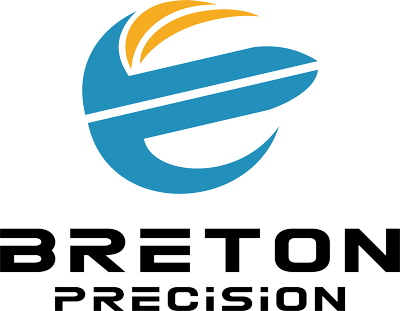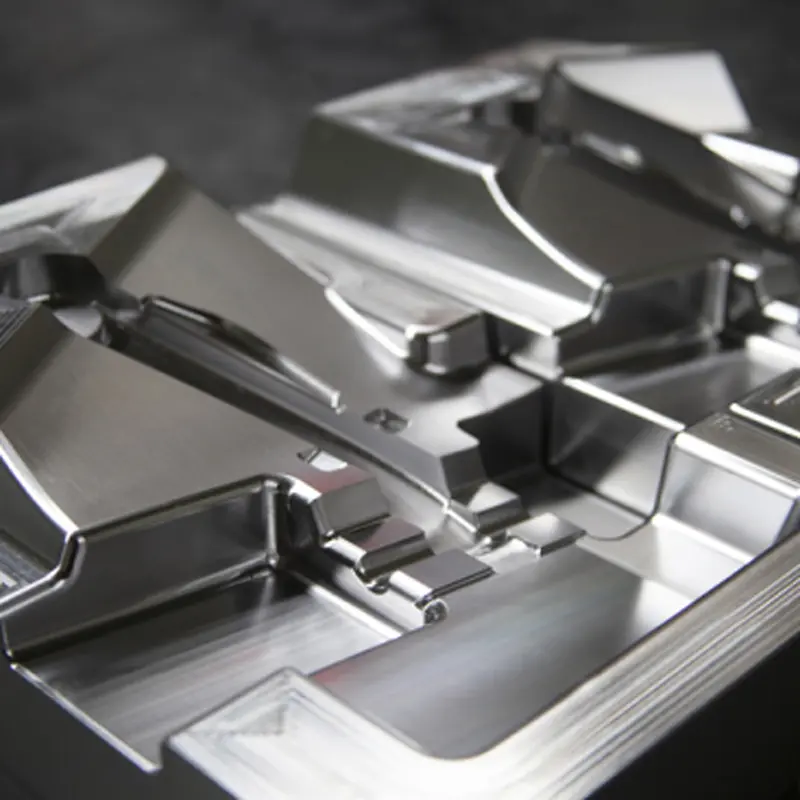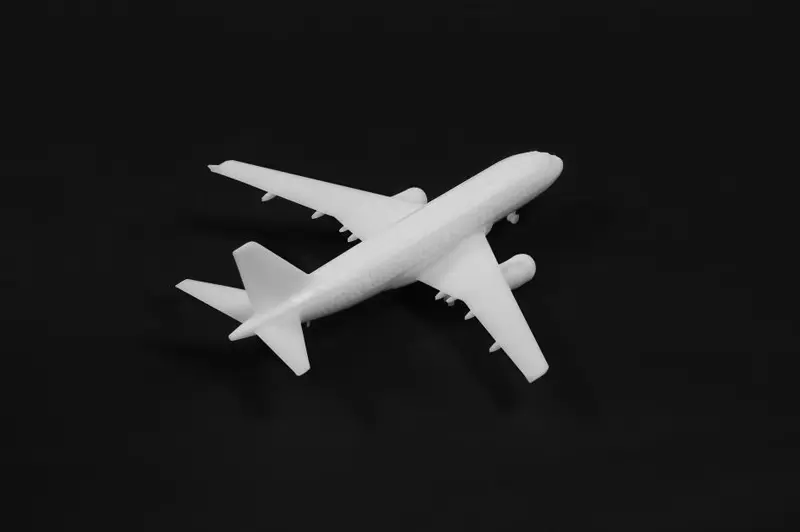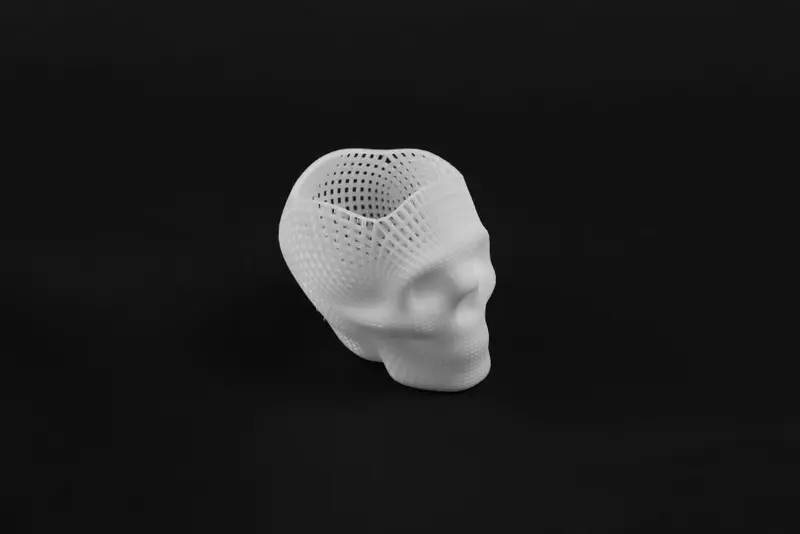how to design 3d prints
Are you interested in 3D printing? Do you want to learn more about how to design 3D prints? If so, you've come to the right place. In this blog, we will provide you with valuable information on 3D printing and share some tips on how to design 3D prints, First, let's talk about the company behind this blog, Shenzhen Breton Precision Model Co., Ltd. Established in 2015, our company is dedicated to providing comprehensive one-stop processing services for all your manufacturing needs.
We are committed to delivering high-quality products and excellent customer service. Our team of highly skilled professionals is passionate about 3D printing and is always looking for ways to innovate and improve our services, Now, let's dive into the exciting world of 3D printing. 3D printing, also known as additive manufacturing, is a process of creating three-dimensional objects from a digital file. It involves laying down successive layers of material until the object is formed. This cutting-edge technology has revolutionized the manufacturing industry and has endless possibilities in various fields such as aerospace, automotive, healthcare, and consumer goods, When it comes to designing 3D prints, there are several important factors to consider. The first step is to create a digital model of the object you want to print. This can be done using 3D modeling software such as AutoCAD, SolidWorks, or Blender.
Once you have your digital model, you need to prepare it for 3D printing by converting it into a format that the 3D printer can understand, such as .STL or .OBJ, Next, you need to choose the right 3D printing technology and material for your project. There are several 3D printing technologies available, each with its own advantages and limitations. Some of the most common 3D printing technologies include Fused Deposition Modeling (FDM), Stereolithography (SLA), and Selective Laser Sintering (SLS). Each technology has its own set of materials that can be used, such as plastics, metals, and ceramics, Once you have selected the right technology and material, it's time to set up the printing parameters, such as layer thickness, infill density, and print speed. These parameters will determine the quality and strength of the final 3D print.
It's important to carefully calibrate the printer and fine-tune the settings to achieve the desired results, After the printing process is complete, you may need to perform post-processing techniques such as sanding, painting, or assembly to finish the 3D print. This step is essential for achieving a polished and professional-looking result.
Related searches: Portable 3d Printer Mosaic 3d Printer Pellet 3d Printer









